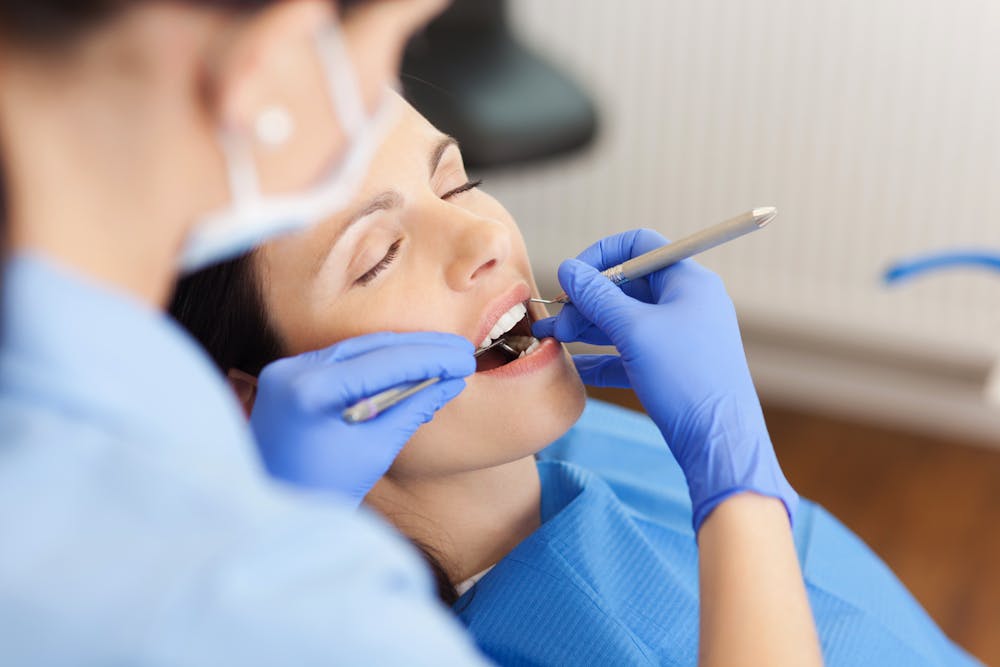Dr. Bob's Mouthly Report
Robotic Health Care is coming to a Hospital Near You
by Robert Glisci, DDS, PC on 05/15/19

Medical robots are helping doctors and other professionals save time, lower costs and shorten patient recovery times, but patients may not be ready. Our research into human perceptions of automated health care finds that people are wary of getting their health care from an automated system, but that they can adjust to the idea – especially if it saves them money.
Hospitals and medical practices are already using a fair amount of automation. For instance, in one San Francisco hospital and other places, delivery robots – about the size of a mini-fridge – zip through the hallways delivering pills, bringing lunch to patients and ferrying specimens and medical equipment to different labs. Some hospitals are set up for delivery robots to open remote-control doors and even use elevators to get around the building.
Robots can also assist with more complex tasks, like surgery.
Their participation can range from simply helping stabilize a surgeon’s tools
all the way to autonomously performing the entire procedure. Perhaps the most
famous robotic surgery system lets a surgeon operate full-size, ergonomically
friendly equipment as a remote control to direct extremely tiny instruments
what to do inside a patient’s body, often through extremely small incisions.
Robots are also beginning to serve as caregivers, especially for older people. The world’s population is aging, increasing demand for assistance with daily chores and medical tasks, as well as checking on patients’ well-being and safety. Many of those jobs are tiring, often thankless and relatively low-paying for people, but robots can help with tasks as diverse as cleaning, getting out of bed and other daily needs.
Medical service robots can even provide companionship, to reduce the isolation felt by many older people. In one study, a robotic companion was more successful than a regular plush toy at helping dementia patients communicate with their families.
To see how people feel about this, Read More at:
Bioengineers and Designers Bring 3-D-Printed Organs One Step Closer
by Robert Glisci, DDS, PC on 05/15/19

Scientists Hope Microbes Found In Toxic Waste Can Yield Lifesaving Drugs
by Robert Glisci, DDS, PC on 05/15/19

30 to 40 Million Americans Grind Their Teeth at Night
by Robert Glisci, DDS, PC on 05/08/19
Study Finds Children Who Drink Diet Sodas Don’t Consume Fewer Calories
by Robert Glisci, DDS, PC on 05/08/19
